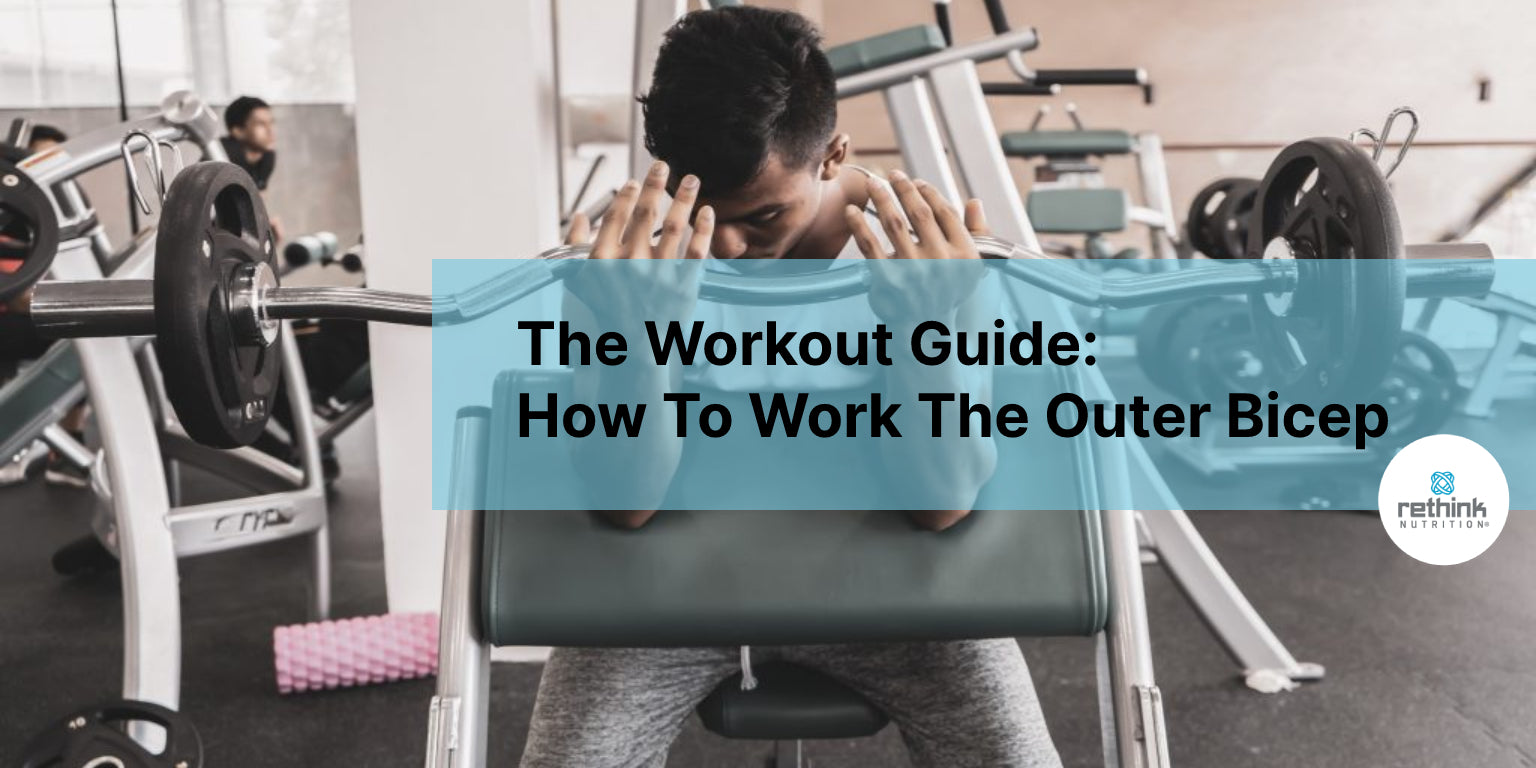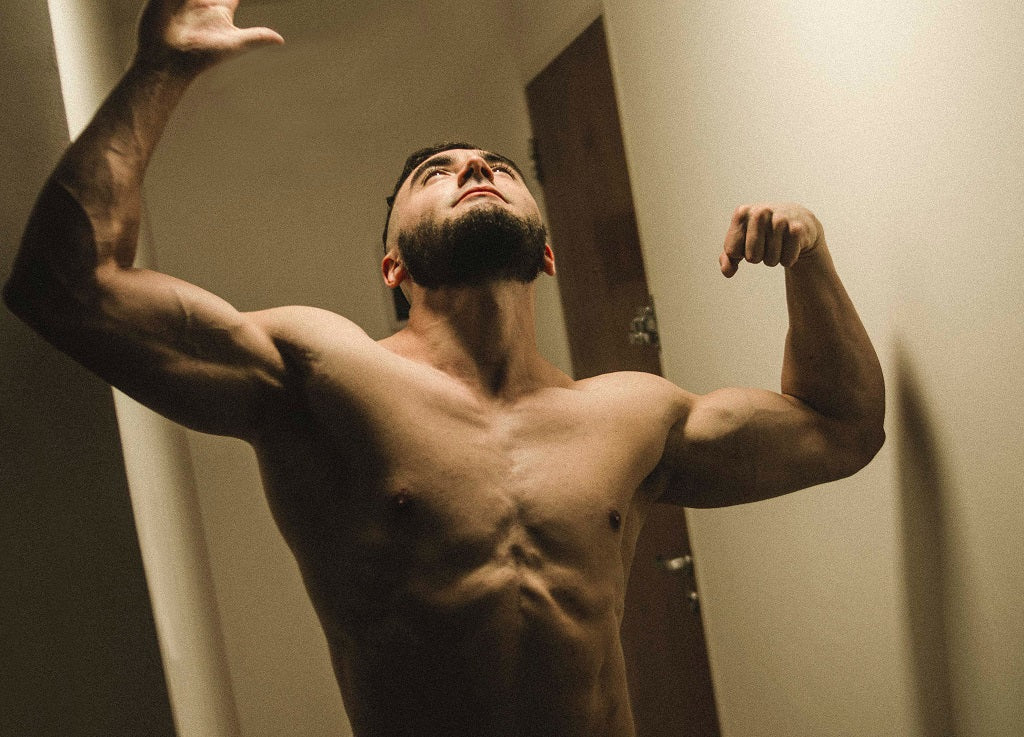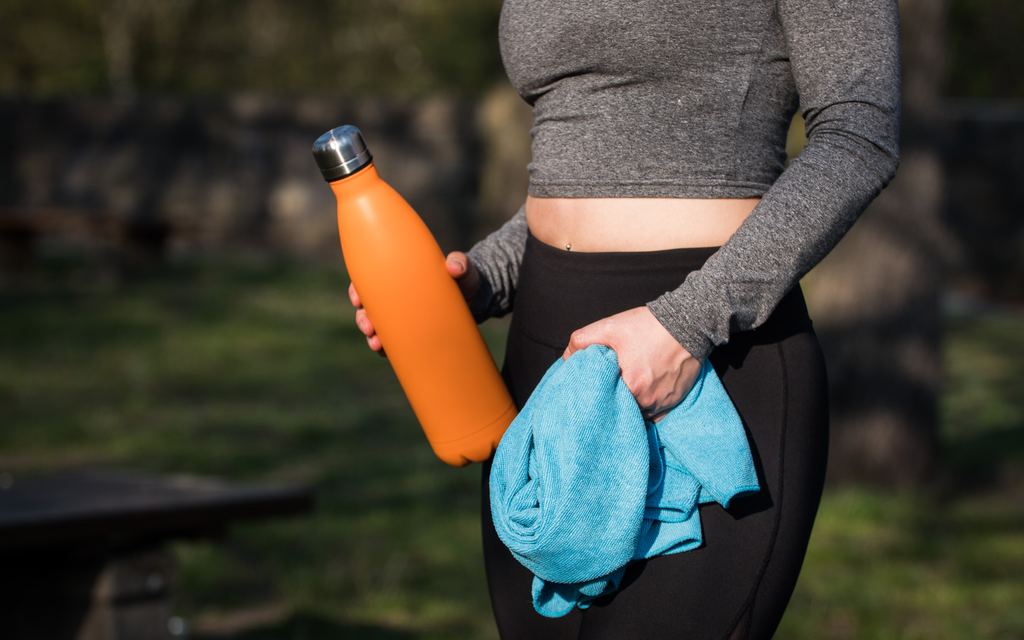Working your outer bicep can lead to an excellent aesthetic and can improve your strength overall. The outer bicep is an important support muscle that helps the rest of your arm lift even heavier weights and everyday objects.
How to Work Outer Bicep Muscles
The biceps brachii includes two heads - the long and short head. The long head (also known as the outer bicep) is located on the lateral portion of the bicep.
It’s important to know how to work the outer bicep effectively through specific exercises. Additionally, you’ll need to give your outer biceps enough time to rest between workout sessions to rebuild themselves or add on new muscle cells.

When it comes to specific workouts for working your outer bicep, curling is one of the best techniques to target the major bicep muscles. With outer biceps, they require a little more targeted effort since they aren't the primary muscle used in a standard curl.
Concentration Curls
One of the most effective types of curls to do for working your outer biceps is the concentration curl. With this move, the biceps muscle is more isolated and targeted than with other curl variations. Your upper arm is not able to swing and gain momentum, which allows your bicep to become more activated.
To do this, you’ll want to be seated on a bench. Hold a dumbbell in one hand down in between your legs. Position the back of your arm on the top of your thigh. From there, curl the dumbbell forward and upward until your arm is fully bent.
Hold it for a couple seconds and bring the weight back down to your starting position. Do this until you’ve completed your reps, and then repeat this with your other arm.
Do Hammer Curls
Hammer curls are a great variation of the traditional curl exercise, since they put more of the stress and stretching action on the outer bicep muscles. Hammer curls are performed by gripping two dumbbells with your palms facing one another through the entire exercise.
You’ll lower the dumbbells down to your waist level then bring them back up to chest level in a smooth arc. Once the dumbbells have been held for a brief moment, you’ll lower them once again and repeat until the set is complete.

A good number of hammer curls to perform is roughly 3 sets of 10, with modifications based on weight and personal ability.
Include Incline Dumbbell Curls
Another popular variation of the standard curl is the incline dumbbell type. You’ll sit in a slightly inclined position with your chest looking toward the ceiling or sky, and let the dumbbells rest down by the ground.
Once ready, you’ll flex your biceps and raise the dumbbells up to chest level. You should feel your outer biceps having to work harder than with the standard curl in order to accommodate your inclined position. Much of the effort will still be expended by the major bicep muscle.
Once the dumbbells have been raised to your chest level, lower them gently back down to the starting position and repeat until the set is complete.
Reverse Curls
Finally, reverse curls are a great way to develop and work your outer bicep. You’ll find a standard dumbbell or curl bar and grip it’s slightly wider than shoulder width. Grip it with an overhand position and tuck your elbows in at the sides; you need to maintain your elbows’ positions throughout the exercise.
You can raise the bar to your shoulders at this point and squeeze at the very top of the exercise before holding for a brief moment. Then, lower the bar back down to the starting position and repeat until the set is complete.
You should feel a significant amount of stress on your outer biceps and the rest of your arm, so you can target many different arm muscle groups with this one exercise.
Workout Frequency
When it comes to maintaining your muscle health, it’s important not to overwork any one muscle group. Your muscles need time to recharge and regenerate themselves after an intense workout session, particularly if they’ve been targeted specifically.
Your outer biceps should not be worked out more than two or three times a week. In addition to this limitation, you should allow between 36 and 48 hours of resting time between workouts to give your body ample time to rebuild muscle mass.
Failing to give your muscles time to recharge and heal themselves may result in injury during your next workout routine or failure for your body to produce new muscle mass or repair previous tears.
Conclusion
Working your outer biceps can lead to very defined arms an even greater muscle strength. The outer bicep is often not targeted by many gym goers, though it’s quite an important muscle that can lead you to even greater feats of strength and stamina.




